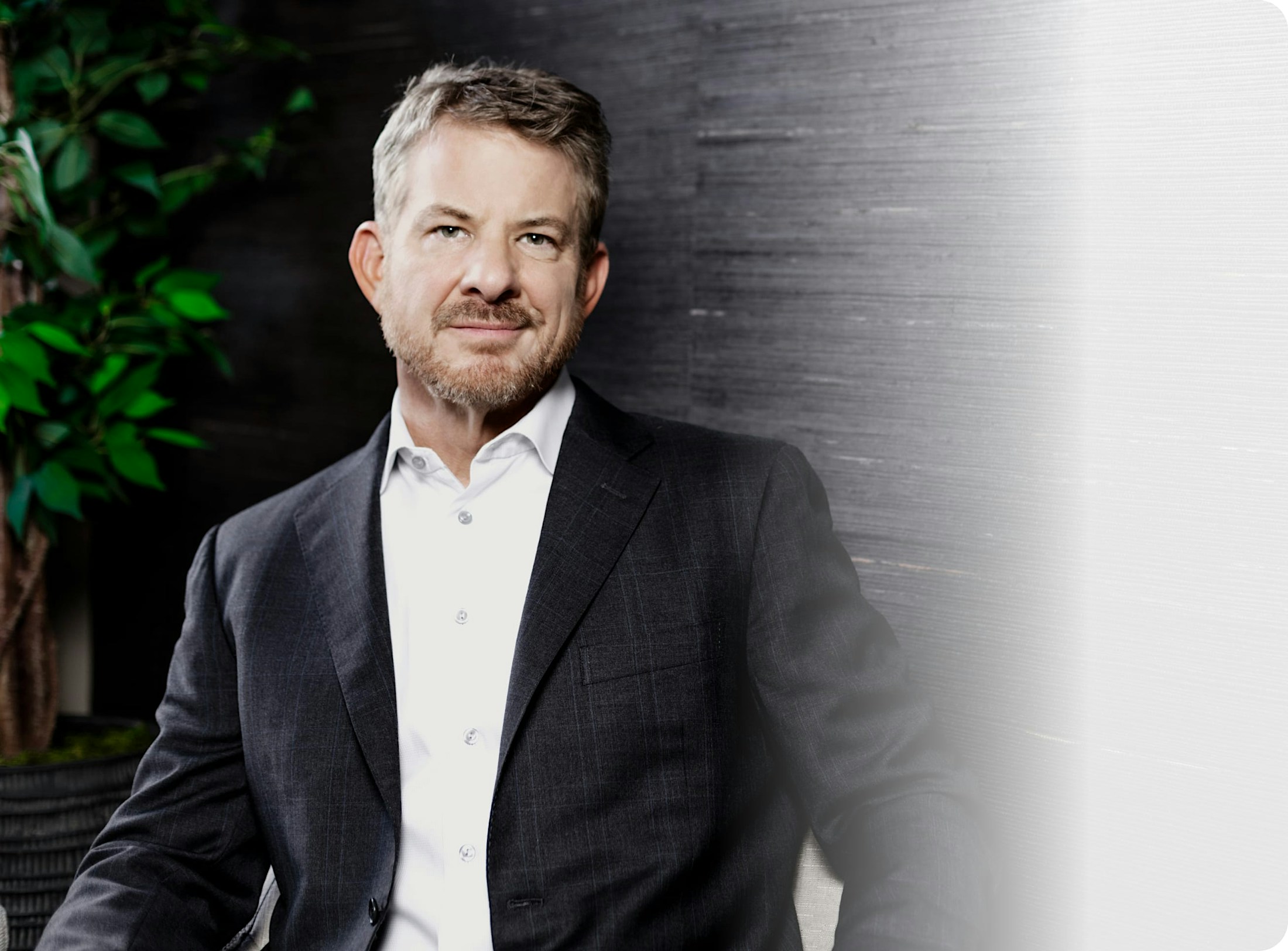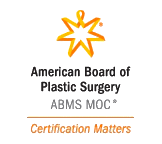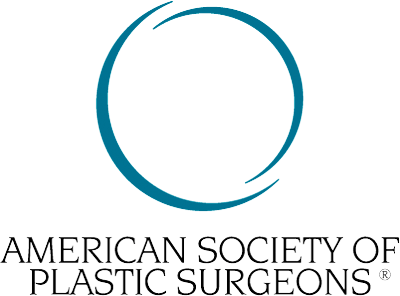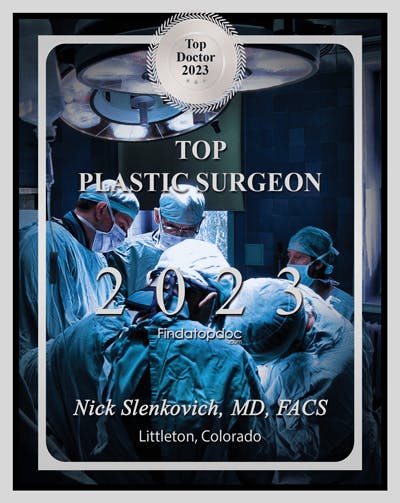What Should I Expect During My Denver Facelift Procedure?
Expect to be placed under general anesthesia. Depending on the extent of the procedure, expect the procedure to take from two to six hours. A mini facelift may take only two hours where a full facelift could require up to four hours. Often if a facelift is being done in conjunction with another procedure, such as a rhinoplasty, it will require more time.
Where Are the Incisions Made?
Incisions for facelifts depend on the area being targeted. A full facelift would include incisions in the hairline to access the forehead and in the creases around the ears for the lower face and neck.
Will There be Visible Scarring?
Scarring should not be visible as the incisions are made in areas that are not typically observable, such as within the hairline. Also, they are very small incisions, carefully and expertly sutured. They typically leave only very fine scars once fully healed.
Will My Face Look Stiff or Pulled?
Your face will never look stiff or pulled if your facelift is done by an experienced professional such as our board-certified, Denver plastic surgeon, Dr. Nick Slenkovich. A minimalist approach is always taken to ensure that the results look organic and beautiful.
What Part of the Face is Being Lifted?
The musculature and fascia (fibrous tissue surrounding muscle) below the skin is lifted. This creates a far more natural look on the surface and lasts longer than just tightening the skin alone.
What is Fat Grafting and What is the Purpose of Fat Grafting?
Fat grafting is when fat is taken from another part of your body and transferred to your face to replace lost volume or smooth wrinkles and creases. This may be an option, rather than injectable fillers, as the results will last longer. Fat grafting is typically for the cheeks or temples that lose volume with age. This creates a smoother and more youthful contour to the face.
How Long Will a Facelift Last?
This depends on the extent of the facelift, your age, and your genetics. A full facelift can last for 10 years or longer. Although it does not put a pause on aging, it can help to turn back the clock and give your face a much more youthful appearance and contour.
What Can I Do to Aid Recovery?
To ensure the quickest and most comfortable recovery it is important to follow our surgeon’s recovery directions. This means putting yourself in a position where you are able to rest and relax, avoiding any moderate to strenuous activity during the crucial first few weeks of healing. Keeping your head and face elevated, especially while you sleep, is key to reducing swelling and discomfort from your procedure.
Are There Any Risks Associated With a Facelift Procedure?
There are risks of bruising and swelling, but these subside within the first few weeks. Other risks include infection and bleeding, but these can be minimized by choosing an experienced and board-certified plastic surgeon and by carefully following all post-operative recovery instructions, resting, eating healthy foods, and staying hydrated. Complications are rare.




























